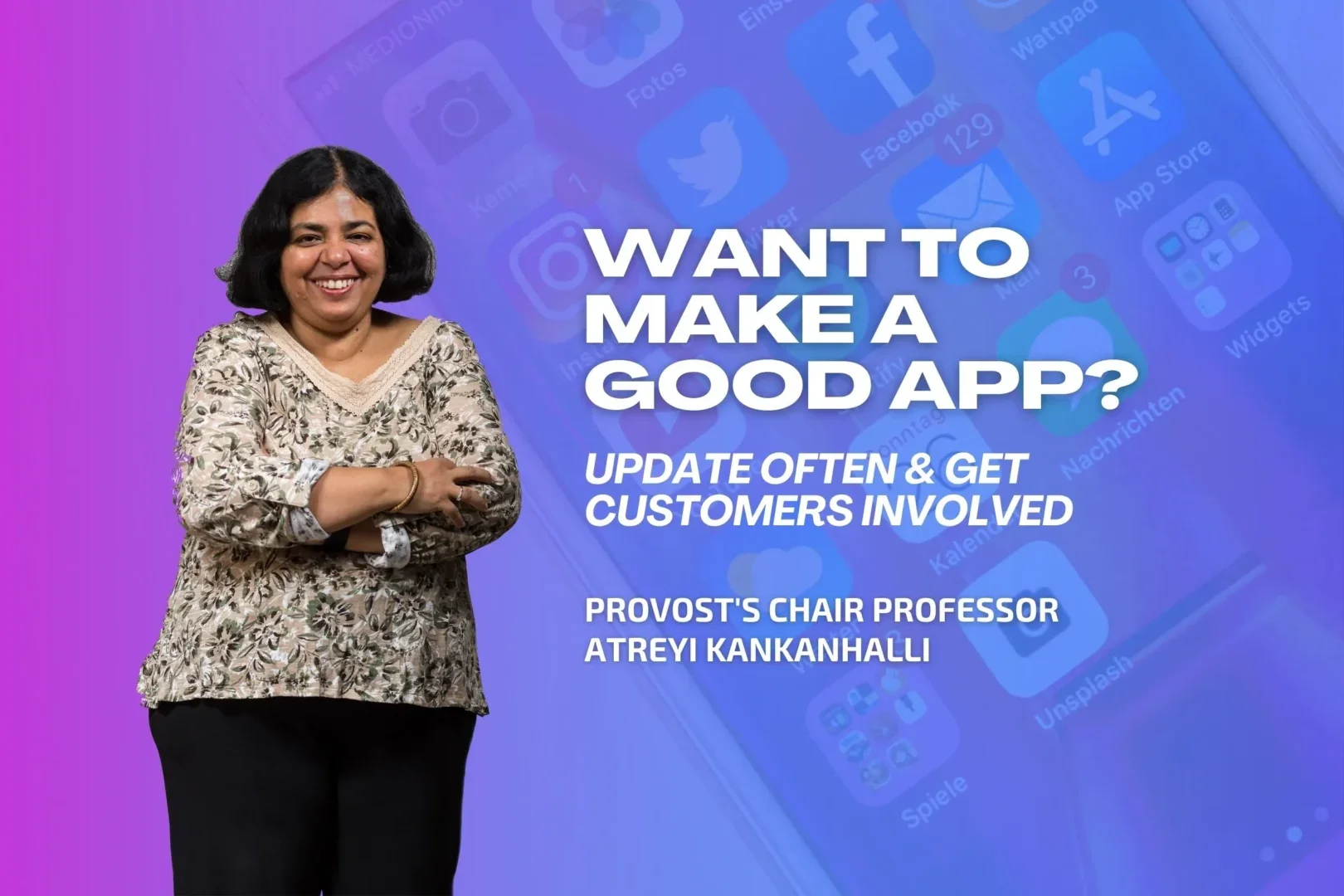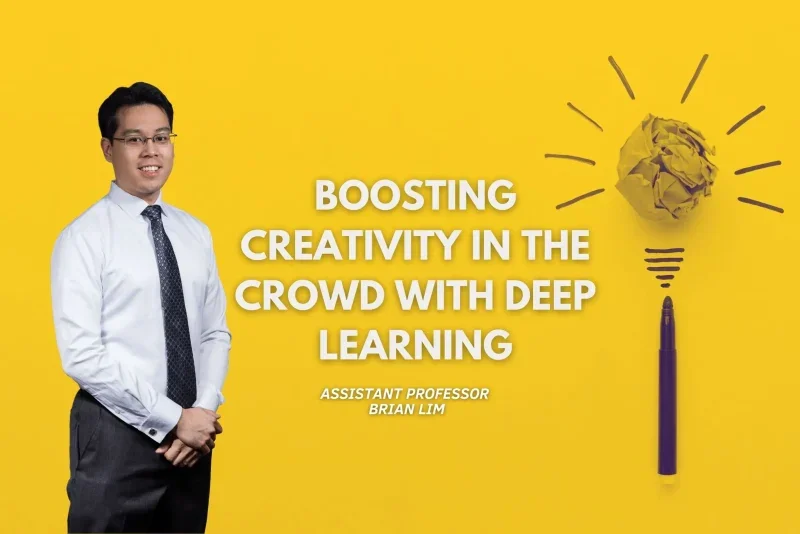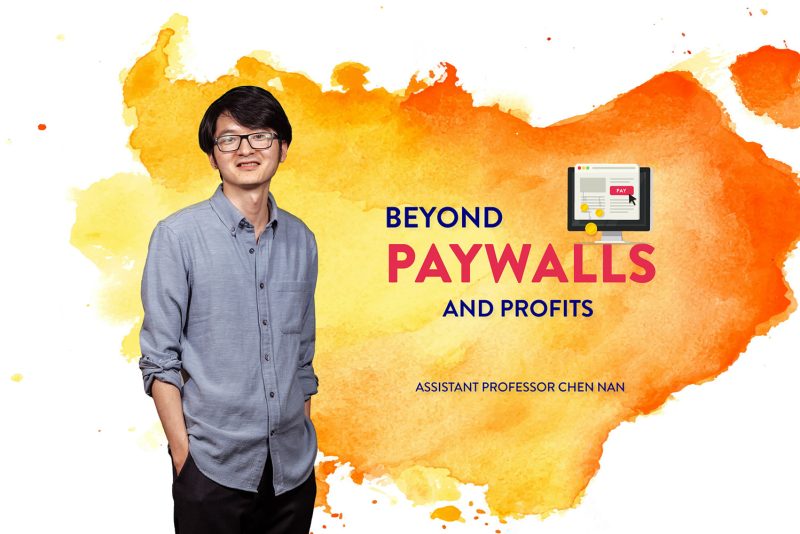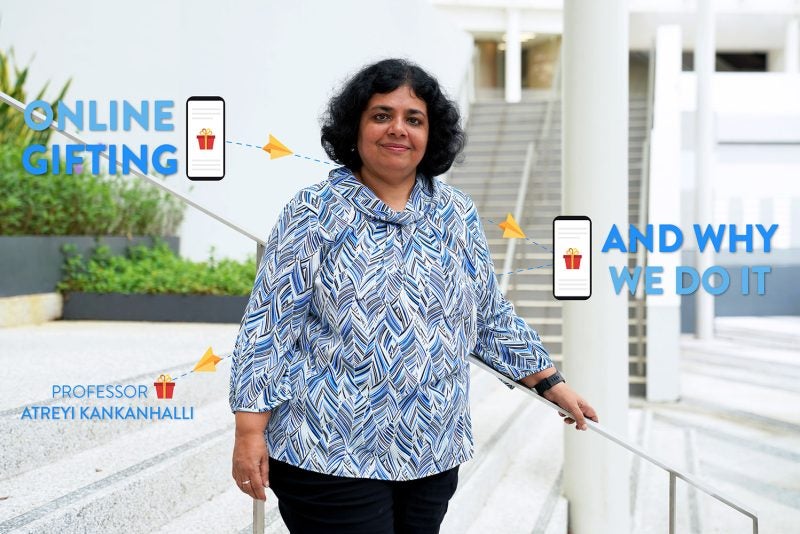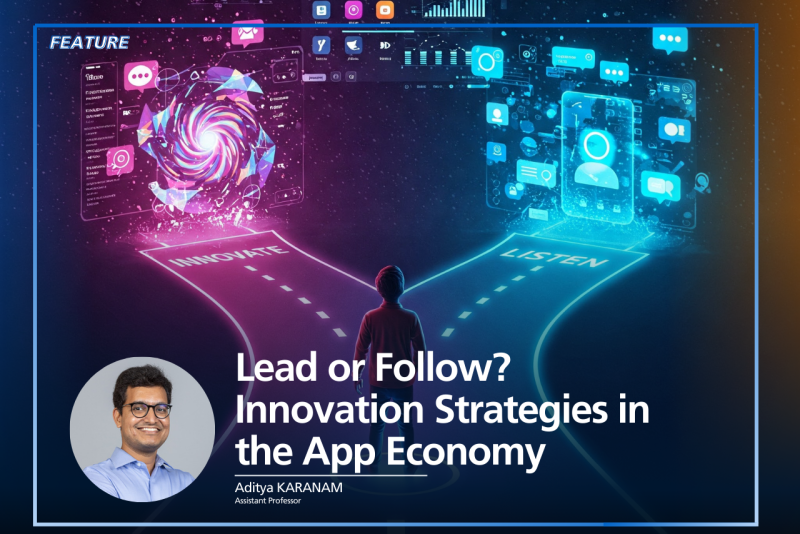Modern-day learners have a wealth of “teachers” to turn to: online books, e-learning courses, YouTube tutorials, and even smartphone apps. If, for instance, you are yearning to lead a more mindful existence and seek everyday calm through the practice of meditation, you might download an app to guide you along.
There’s Headspace, one of the most highly rated apps, which offers meditation courses that cover a range of scenarios — pregnancy, coping with cancer, healing after a breakup, and so on. These are sometimes accompanied by short videos and animations. Headspace also offers music to listen to as you fall asleep, or to accompany you while you’re working.
Calm, another popular meditation app, has Sleep Stories narrated by celebrities; Masterclasses taught by world-renown experts; and calming soundscapes featuring ocean waves, campfires burning, and falling rain. Yet another app, Tide, provides daily inspirational quotes and a visual diary for users to track their moods.
The options for learning how to meditate — among the myriad of other things your smartphone lets you to do — are endless. There’s an app for everything, it seems, and always more than just one to choose from.
The revenue generated by Android and iOS apps is estimated to hit a high of US$133 billion this year, roughly 20% higher than the previous year.
“The market for mobile apps is quite competitive,” says Atreyi Kankanhalli, the Provost’s Chair Professor at NUS Computing whose research covers digital innovation.
“So we wanted to understand what makes apps successful,” she says.
“We know that innovation is what helps firms maintain their competitive edge,” says Kankanhalli. It’s why Apple did away with the Home button on its iPhones in 2016 and why it introduced wireless earphones, the AirPods, that same year. It’s why Facebook recently rebranded as Meta, in a bid to tackle the next digital frontier.
“Innovation helps firms increase their value, discover novel uses for existing resources, and become more responsive to customer needs,” she explains.
But when it comes to mobile apps, the relationship between innovativeness of the app and how well it performs isn’t something that is well studied.
Intuitively you might think that the more innovative an app is, the better it performs and sells. “But there’s contradictory studies on this — some say there are no effects while others even point to negative effects,” she says. “So, we wanted to understand this ambiguity.”
Additionally, Kankanhalli and her then PhD student, Jonathan Ye — now an associate professor at the University of Oklahoma — were also keen to explore a second factor: customer participation in the app making process. “Does it really improve the app’s performance and innovativeness?” they wondered.
Novelty, intensity, and customer participation
To begin their analysis, the pair first outlined what innovation meant. Novelty — the degree to which the new app was different to existing ones — was an important aspect, they believed. But so was intensity, or how frequently innovation of the app occurred.
“Intensity is really about how often the developers update their app and add new features,” explains Kankanhalli.
“Earlier studies only looked at the novelty aspect, but we actually find that both aspects influence the performance of an app,” she says. “If you only consider one but not the other, then you’re missing part of the picture.”
Now the pair was ready to begin collecting data and test their hypotheses. To do this, they turned to Appszoom, a platform that hosts Android apps. From there, they selected 234 paid apps across 24 different categories.
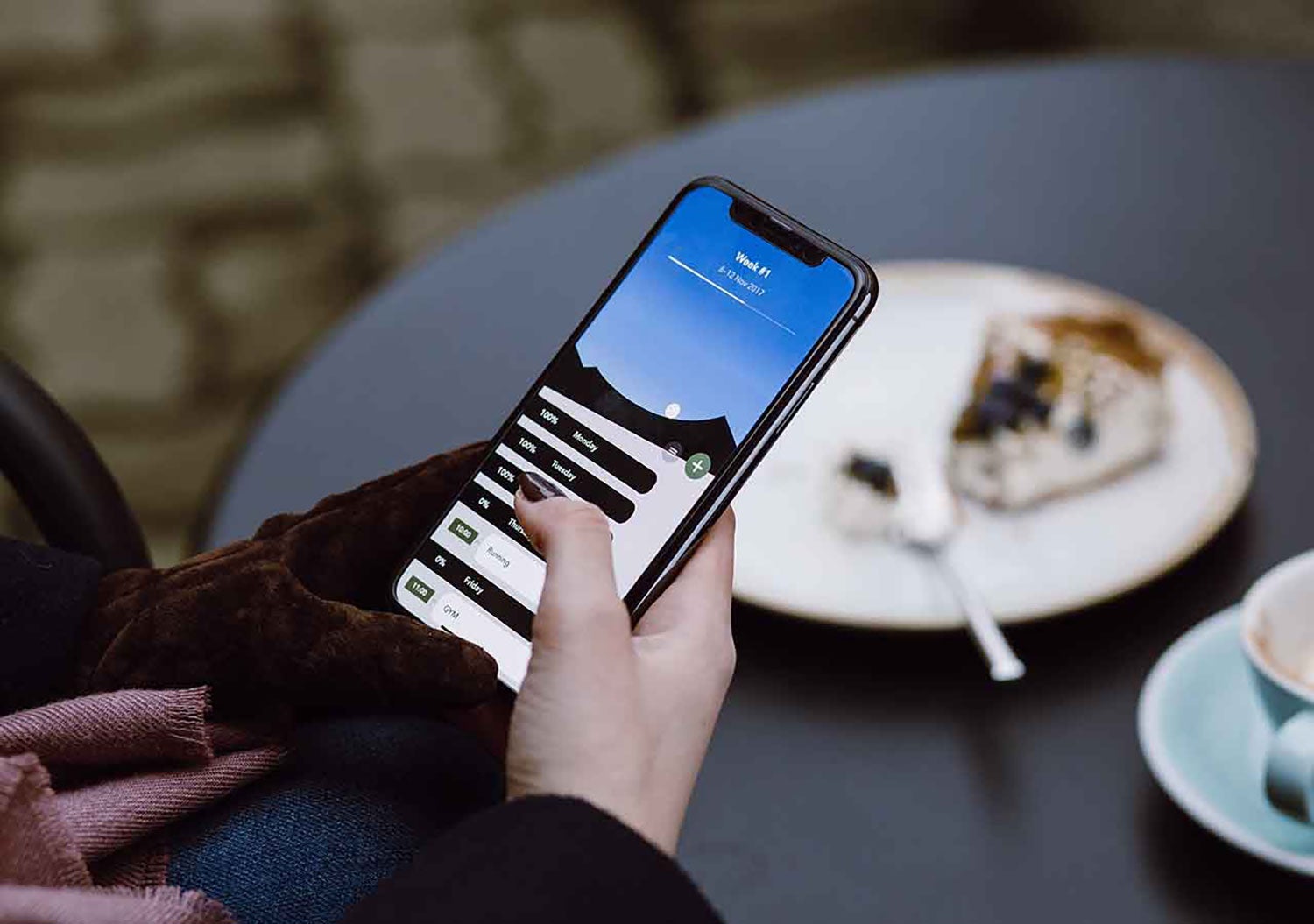
They analysed how each app changed monthly, noting how many versions were released over the study period of 14 months (which revealed the intensity of innovation). They also looked at how many changes were offered with each new version (which indicated the novelty). For instance, they would count how many new characters and levels were released with each new version of a gaming app.
To gauge customer participation, the researchers looked at the number of customer comments the app developers replied to. This, they believed, was an indicator of whether the developers paid attention to the issues raised and whether they would act on the feedback received.
An interesting U-shape
When it came to analysing the results, the first thing that stood out, says Kankanhalli, was how the two dimensions of innovation — novelty and intensity — impacted app performance in contrasting ways. “That was really interesting,” she says.
Intensity demonstrated a positive linear relationship with performance. In other words, the more times an app was updated, the better its performance.
Novelty’s impact, on the other hand, wasn’t as straightforward. “It had an inverted U-shape relationship with mobile app performance,” says Kankanhalli. “So, if there was very low novelty or very high novelty, then the performance declined.”
“This curvilinear relationship is new, it’s something we haven’t seen before,” she adds.
That’s because when apps are overly novel and there are too many changes, users have to undergo a steep learning curve to utilise them, she says. And when there is little innovation, users do not find the app interesting or worth downloading. “So, it’s really about finding that sweet spot in terms of novelty.”
To mitigate this effect on a practical level, Kankanhalli says app developers looking to introduce highly novel changes can prepare their users by releasing sufficient information beforehand and allowing for enough adjustment time. They could also provide trial versions before the actual release.
When it came to the impact of customer participation on app performance, the survey findings — which were detailed in this 2020 paper — were unambiguous: the more users were involved in the development process and the greater the extent to which developers took their feedback into consideration, the more superior the app’s performance.

“The whole curve shifts up — it was positive both in terms of the intensity and novelty,” says Kankanhalli. “Before the study, we knew that customers helped, but the extent of this effect was unknown.”
Customer input should be included in the process of app design, rather than taken into account only after the app has been built, she adds. “Firms should cultivate practices that encourage customers to participate in the app development.” For example, they could offer users incentives to provide feedback, such as allowing them to use the app for free for an extended time period.
Kankanhalli elaborates: “When you build products, for example a chair, you normally get feedback either right at the beginning or end, but you don’t really change things in the middle. But services, like mobile apps, are different because you can have continuous engagement with the customer.”
Today, Kankanhalli continues to conduct research on mobile apps and agents for collaboration. For instance, another paper on this topic compared the levels of autonomy the different app platforms, Apple versus Android, afford to designers, and how that impacts the apps they develop.
She says: “So many aspects of our life are being impacted by mobile phones and mobile apps. This makes it imperative to understand what makes mobile apps successful!”

